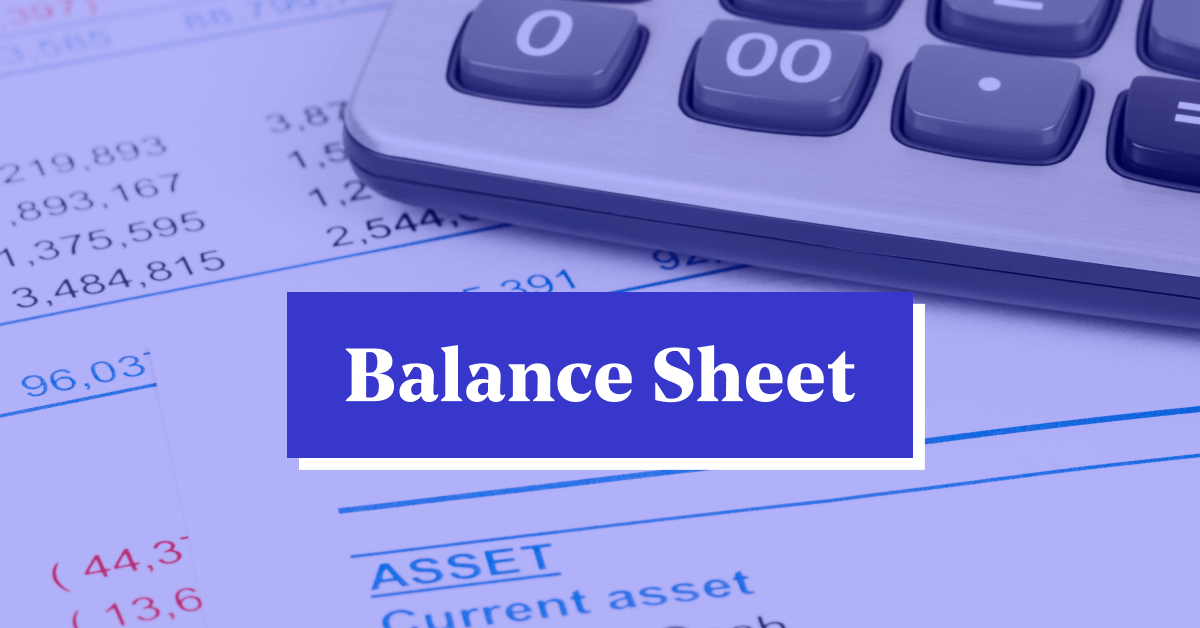Balance Sheet

A Balance Sheet is one of the fundamental financial statements that provides a snapshot of an entity's financial position at a specific point in time. It is also known as the statement of financial position. The Balance Sheet presents the company's assets, liabilities, and shareholders' equity, showing what the company owns and owes, as well as the amount invested by shareholders.
Assets:
Current Assets:
Non-Current Assets:
Liabilities:
Current Liabilities:
Non-Current Liabilities:
Shareholders' Equity:
Common Components:
The Balance Sheet is based on the fundamental accounting equation: Assets=Liabilities+Shareholders’ Equity
This equation must always balance, reflecting that the resources owned by the company (assets) are financed either by borrowing money (liabilities) or through shareholders’ investments (equity).
Here’s a simplified example of what a balance sheet might look like:
| Balance Sheet | As of December 31, 2023 |
|---|---|
| Assets | |
| Current Assets | |
| Cash and Cash Equivalents | $50,000 |
| Accounts Receivable | $30,000 |
| Inventory | $20,000 |
| Prepaid Expenses | $5,000 |
| Total Current Assets | $105,000 |
| Non-Current Assets | |
| Property, Plant, and Equipment (net) | $200,000 |
| Intangible Assets | $15,000 |
| Total Non-Current Assets | $215,000 |
| Total Assets | $320,000 |
| Liabilities and Shareholders' Equity | |
| Current Liabilities | |
| Accounts Payable | $25,000 |
| Short-term Debt | $15,000 |
| Accrued Expenses | $10,000 |
| Total Current Liabilities | $50,000 |
| Non-Current Liabilities | |
| Long-term Debt | $100,000 |
| Deferred Tax Liabilities | $5,000 |
| Total Non-Current Liabilities | $105,000 |
| Total Liabilities | $155,000 |
| Shareholders' Equity | |
| Common Stock | $50,000 |
| Additional Paid-in Capital | $30,000 |
| Retained Earnings | $85,000 |
| Total Shareholders' Equity | $165,000 |
| Total Liabilities and Shareholders' Equity | $320,000 |
Financial Health:
Liquidity Analysis:
Solvency Analysis:
Investor Insight:
Decision Making:
In summary, the Balance Sheet is a critical financial statement that provides a comprehensive snapshot of a company's financial position at a specific point in time, allowing stakeholders to make informed decisions based on its assets, liabilities, and equity.
Thank you,